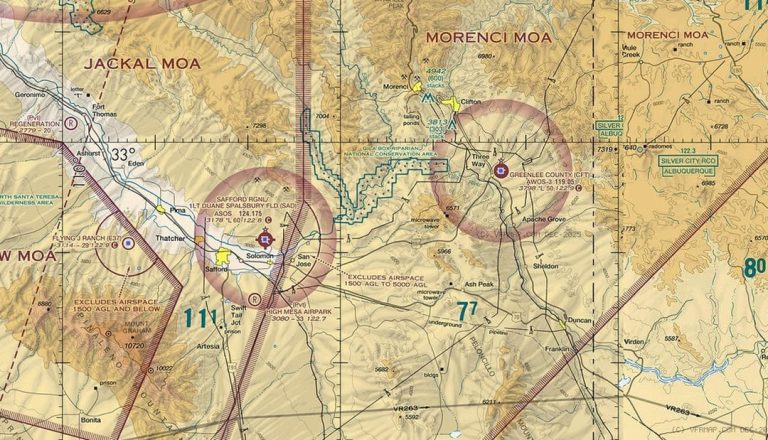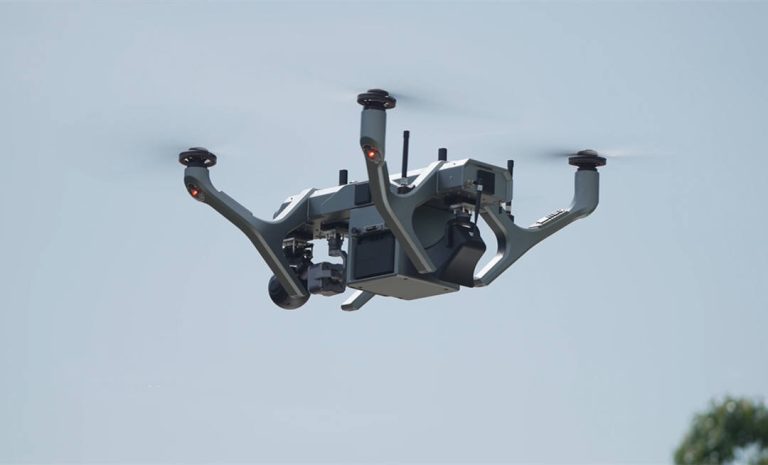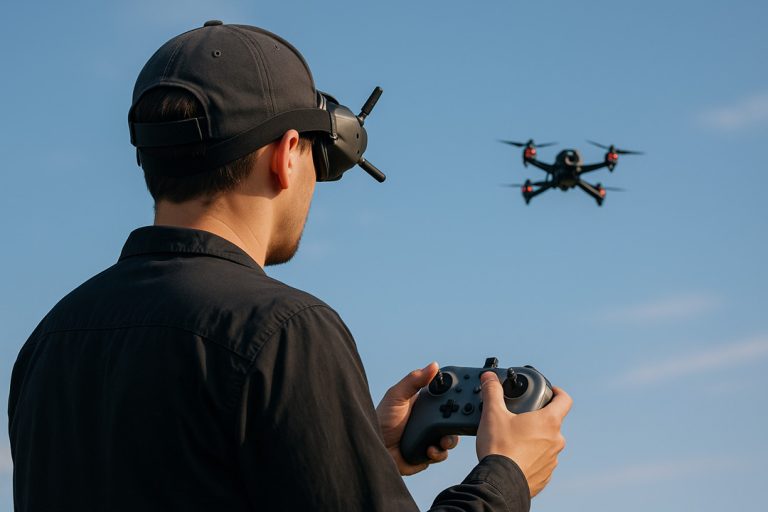Your Drone Was Shot Down? Here’s Exactly What to Do Next
Ever had your drone shot down?
It sounds extreme—but it’s happening more often than you’d think. Whether you're flying for work, research, or recreation, there’s always a small risk that someone might take misguided action and try to bring your drone down—especially in places where drones are misunderstood or met with suspicion.
If you’ve experienced this—or worry it might happen—this guide is for you. We’ll walk you through exactly what to do if someone shoots your drone: how to stay safe, collect evidence, report the incident, and even recover damages through legal and insurance channels.
In many countries, including the U.S., shooting a drone is a serious crime. But knowing your rights and next steps is key.
Let’s break down what to do—step by step—so you can handle the situation calmly, legally, and professionally.
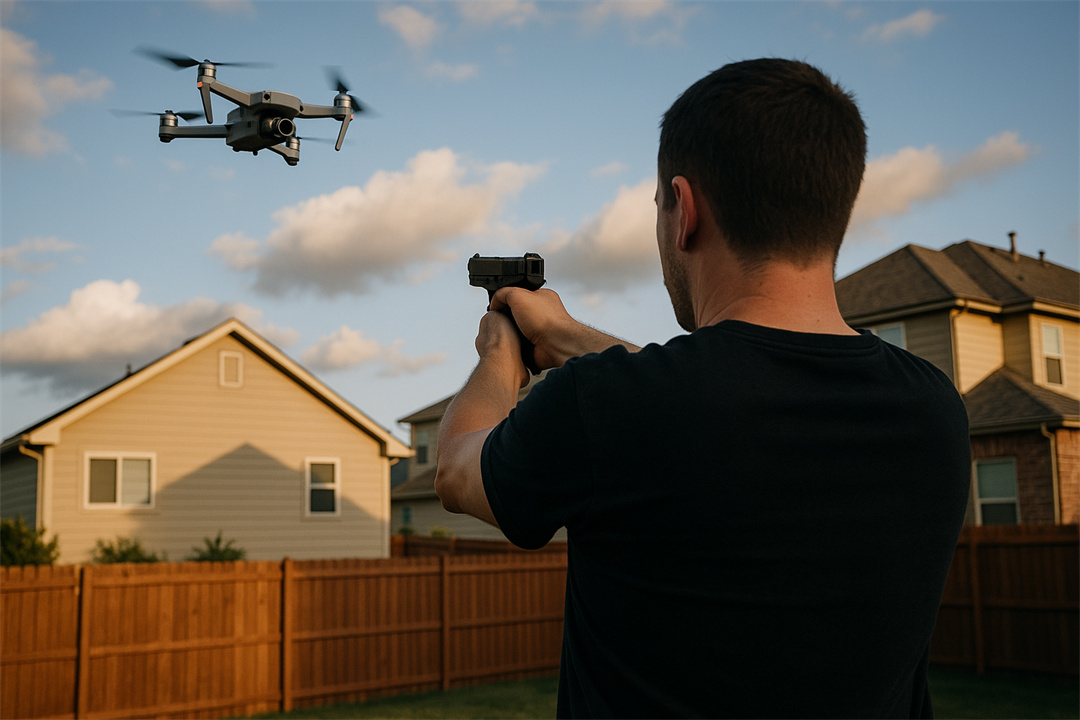
Immediate Response Steps
When a drone is shot down—whether out of hostility, misunderstanding, or negligence—the first few moments are critical.
Prioritize Personal Safety Above All Else
Assess the Environment for Danger
Quickly scan your surroundings. Was the shot fired in a rural area, near private property, or within city limits? Are there signs of continued aggression—such as additional gunshots, threats, or suspicious individuals nearby? The goal is to stay calm while being fully alert.
Do NOT Engage or Confront the Shooter
Resist the urge to approach or argue with the individual who shot your drone. Escalating the situation can put you in serious danger. Confrontation may provoke further hostility, especially in regions where firearms are prevalent.
Move to a Safe Location
If the incident occurred near an aggressive party or on private property, remove yourself immediately. Find a safe spot—preferably out of sight—where you can continue assessing the situation and begin documenting the scene.
Document the Scene Meticulously (from a Safe Distance)
Capture Visual Evidence
Using your phone or another camera, begin documenting the area from a distance. Focus on:
- The crash site and any scattered drone parts
- The surrounding environment (fences, homes, roads, etc.)
- Any people, vehicles, or buildings that may help identify the shooter
- Nearby signs (address numbers, street signs, landmarks)
Be sure to capture a wide variety of angles. Timestamped photos and videos are best.
Note Key Details
Write down or voice-record:
- The exact time and date of the incident
- GPS coordinates or a pin of the drone’s last known location
- Weather and visibility conditions (e.g., sunny, foggy, windy)
- Any audible cues (e.g., gunshots, verbal threats)
These details will be valuable to law enforcement and your insurer.
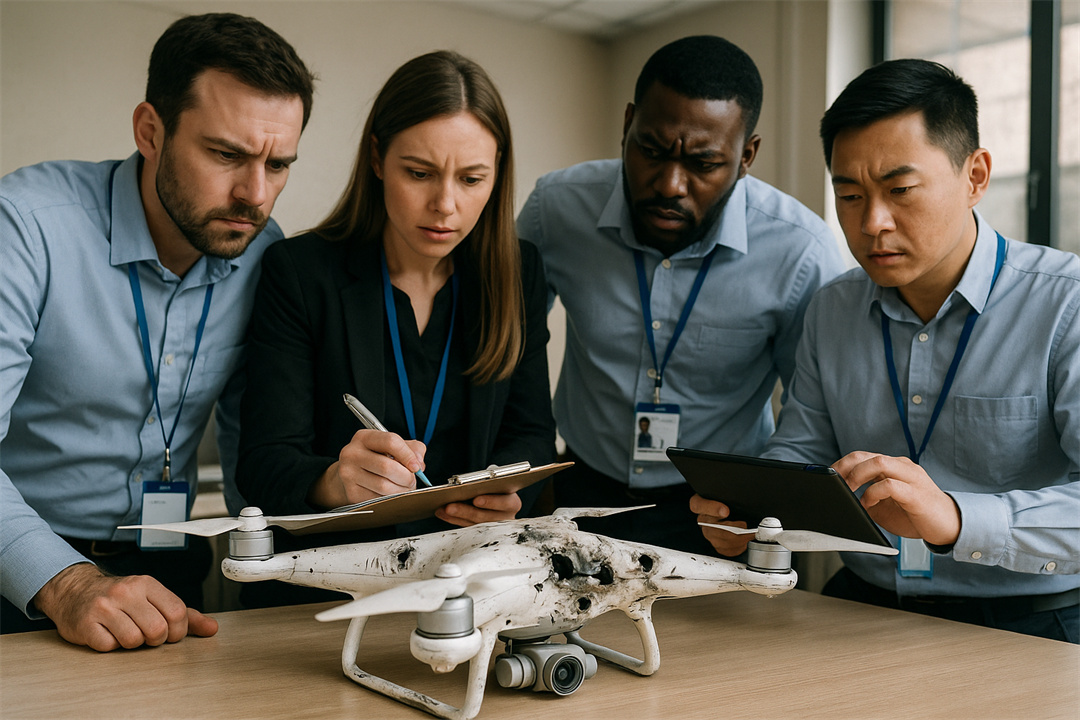
Secure the Drone and Its Components (If Safe)
Careful Retrieval
If the area is secure and you are confident the threat has passed, cautiously retrieve the downed drone and any visible components (e.g., camera, propellers, payload). Handle them carefully to avoid damaging evidence.
Preserve Evidence
Minimize handling of the drone to preserve fingerprints or ballistic markings. If possible, place the drone and its parts in a secure bag or box. Take photos of how you found the wreckage before moving anything.
Do NOT Risk Safety to Retrieve the Drone
If the drone crashes on private property or in an unsafe zone (e.g., a hostile area or an active shooting scene), do not attempt retrieval. Inform law enforcement and wait for their assistance.
Identify and Engage Witnesses
Ask Bystanders for Help
If anyone saw the drone being shot, politely ask if they are willing to provide a statement. Emphasize that a crime may have occurred, and their input could be important.
Record Their Accounts
Note their full name, phone number, and a brief summary of what they saw—when they noticed the drone, if they heard a shot, saw a person with a weapon, or anything unusual.
Notify Local Law Enforcement Immediately
Call Emergency Services
In the U.S., dial 911. In other countries, use the appropriate local emergency or non-emergency number. Be clear: a drone has been intentionally shot, which is a criminal act in most jurisdictions.
Provide Clear, Factual Details
Explain:
- That your drone was flying legally and within regulations
- The approximate value of the drone (especially if it’s a commercial-grade system)
- That there may be a perpetrator with a firearm still in the area
- The need to recover the drone from private or potentially dangerous property
Stay calm and cooperative. Law enforcement will assess the situation and may open a criminal investigation.
Preserve All Digital Data
Secure Flight Logs and Camera Footage
Immediately back up your drone’s:
- Flight logs (stored on the controller or cloud)
- Any footage or telemetry data from the onboard camera
- Remote ID data, if applicable
This information is crucial to prove that your drone was operating within legal bounds.
Prevent Data Loss
Avoid restarting or flying the drone again until all logs are downloaded. New flights may overwrite important records. Store copies in a secure, timestamped folder (preferably in the cloud and on a local device).
After the Scene
Once the immediate danger has passed and evidence is secured, your focus should shift to comprehensive recovery.
Detailed Evidence Review and Compilation
Assemble All Data
Organize all evidence collected at the scene into a single, secure folder—preferably with cloud backup. Include:
- Photos and videos of the crash site
- Witness contact information and statements
- Time-stamped flight logs (altitude, speed, GPS route, etc.)
- Sensor data showing any anomalies prior to the crash
- Onboard footage, if available
- Law enforcement case number or police report, if already filed
This complete package will be the foundation for your legal case, insurance claim, and FAA report.
Generate an Internal Incident Report
Draft a formal incident report that summarizes:
- The timeline of events
- Location and circumstances of the drone shootdown
- Description of the drone and payload
- Immediate response actions taken
- A catalog of all evidence and supporting materials
This document ensures organizational transparency and serves as an official reference during any legal or regulatory investigations.
Contact Your Legal Counsel
Expert Consultation
- Engage an attorney with expertise in aviation law, UAS regulations, or property damage. If your drone was operating under a commercial license or as part of a public agency, legal guidance is critical. They can help determine if the shooter violated federal or state laws, such as destruction of property, interference with aircraft, or unlawful use of firearms.
- In the U.S., shooting down a drone may constitute a federal offense under 18 U.S. Code § 32.
Strategic Guidance
Your lawyer will advise on whether to file civil charges for damages and assist in coordinating with local law enforcement or federal agencies. They can also represent you if your operations are called into question or if a lawsuit is filed by the opposing party.
Report to the Federal Aviation Administration (FAA)
Understand FAA Reporting Requirements
In the United States, the FAA classifies drones as aircraft. Interfering with or destroying an unmanned aircraft is a serious violation. Familiarize yourself with the reporting thresholds outlined in Part 107 or the Public Aircraft Operations (PAO) guidelines.
File a Formal Report
If the incident involved injury, significant property damage, or criminal interference, file a report with the FAA via the FAA DroneZone portal. Provide:
- Drone registration number
- Pilot certification information (if applicable)
- A summary of the incident and the attached evidence
- Law enforcement case number, if available
This ensures compliance with federal aviation regulations and helps the FAA monitor broader trends in drone hostility.
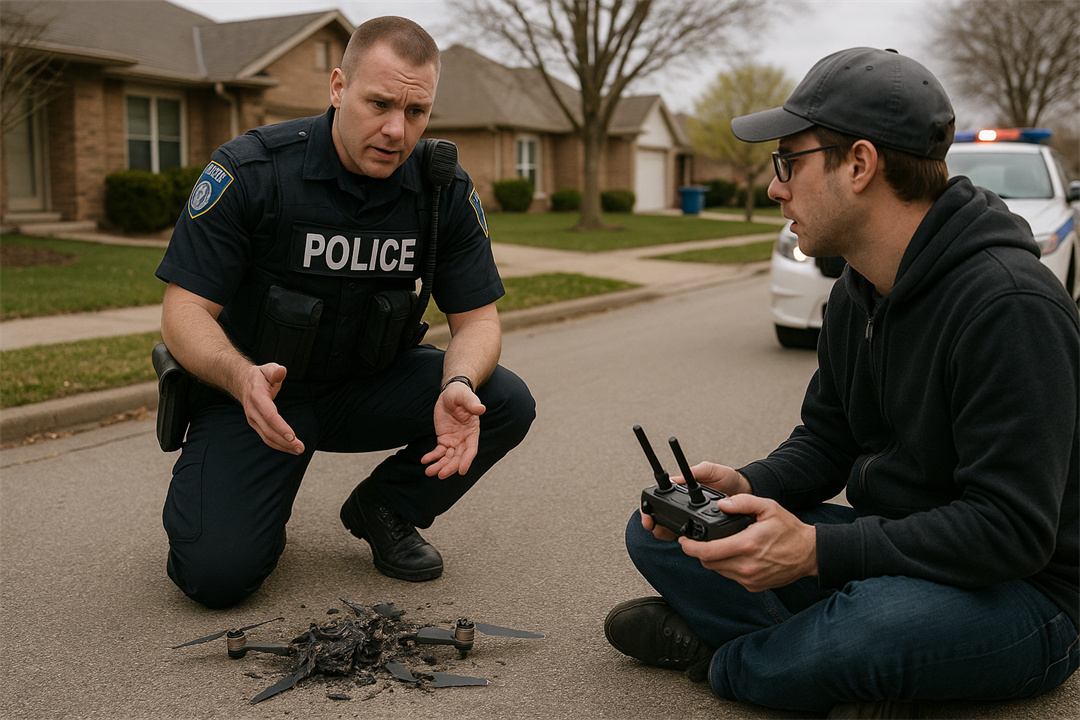
Engage Your Commercial Drone Insurance Provider
Immediate Notification
Contact your commercial or enterprise drone insurance provider without delay. Most policies require prompt reporting of damage or loss.
Provide Comprehensive Documentation
Submit all evidence compiled: photos, videos, the internal report, flight logs, and a copy of the police or FAA report. Depending on your coverage, you may be eligible for:
- Drone repair or full replacement
- Reimbursement for lost payloads or equipment
- Business interruption coverage
- Third-party liability protection if the incident affected other people or property
Maintaining clear, well-documented communication with your insurer helps ensure a smooth claims process.
Internal Company Reporting and Review
Adhere to Protocols
Follow your company’s standard operating procedures (SOPs) for incident reporting. Notify relevant departments—legal, operations, compliance, and upper management—of the event.
Post-Incident Analysis
Host a debriefing session to:
- Analyze how the drone was shot down (e.g., location, flight altitude, proximity to property)
- Evaluate situational awareness and remote pilot decision-making
- Identify vulnerabilities in route planning or operational protocols
- Implement new safety practices (e.g., flight restriction zones, increased surveillance during flights)
This analysis not only improves safety but also strengthens your operational resilience.
Public Relations and Media Handling (If Necessary)
Prepare a Public Statement
If the incident attracts media or public attention—especially if it occurred in a populated area or disrupted operations—issue a clear and composed public statement. Focus on facts, not blame. Reinforce:
- Your organization’s adherence to drone regulations
- Your commitment to community safety and professional conduct
- Your cooperation with law enforcement and regulators
Designate a Spokesperson
Appoint a single representative—such as a communications director or legal counsel—to handle all media inquiries. This ensures consistent, accurate messaging and avoids misunderstandings that can harm your brand or escalate public concern.
How to Stop Drones from Being Targeted?
Whether it stems from privacy concerns, misinformation, or territorial behavior, drone operators must take proactive steps to avoid drones becoming targets.
1. Fly Legally and Transparently
Ensure you always fly within the regulations set by your national aviation authority (such as the FAA in the U.S.). This includes:
- Staying below the legal altitude ceiling (typically 400 feet AGL in the U.S.).
- Avoiding restricted airspace, such as near airports, military zones, or no-fly zones.
- Keeping your drone within visual line of sight (VLOS).
- Registering your drone, if required, and displaying the registration number.
- Carrying your remote pilot certificate when applicable.
Flying legally not only protects you from fines but also helps prove that you were not in violation if your drone is damaged or shot down.
2. Respect Privacy and Avoid Sensitive Areas
Privacy is a top concern among the general public. Many drone shootings occur because people believe they are being watched or recorded without consent. To reduce suspicion:
- Avoid flying over private property unless you have explicit permission.
- Do not hover near homes, backyards, or windows.
- Refrain from flying at low altitudes in residential areas.
- Disable or avoid unnecessary recording when flying near people’s homes.
A respectful and privacy-conscious approach can significantly reduce the risk of conflict.
3. Use Clear Identification
Consider labeling your drone with visible identification like your registration number or contact info. Use anti-collision lights or decals to make your drone clearly visible and look professional. This demonstrates transparency and can discourage people from reacting aggressively, especially if they realize you're an authorized or commercial operator.
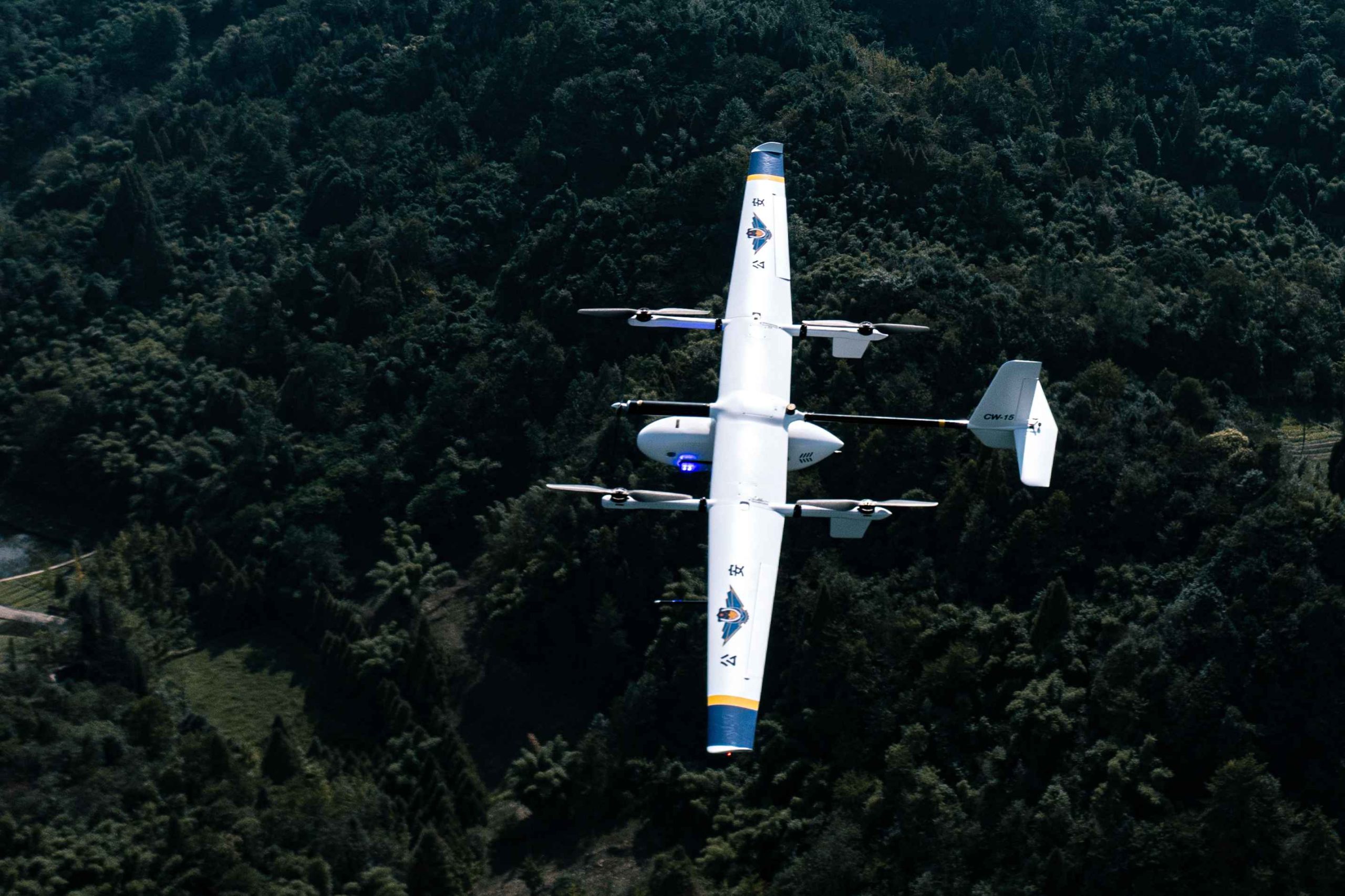
4. Inform People Beforehand
If you’re flying a drone for commercial purposes (real estate, construction, mapping, etc.) near homes or businesses, notify nearby residents in advance. A brief explanation—either in person, through flyers, or signs—can prevent alarm and increase trust. When people understand your intent, they’re less likely to perceive your drone as a threat.
5. Avoid Provoking Situations
While you have the right to fly legally in many public or navigable airspaces, it’s wise not to escalate tensions:
- If someone confronts you angrily, stay calm and do not argue.
- Consider landing the drone and discussing the situation respectfully.
- Don’t fly near individuals who appear aggressive or openly hostile.
- Avoid flying during sensitive events such as protests, neighborhood disputes, or private ceremonies unless explicitly authorized.
6. Use Geofencing and Altitude Control
Modern drones often include geofencing features that prevent entry into restricted or high-risk areas. Activate these settings to avoid accidentally flying into zones where your presence might be seen as intrusive. Maintain a safe and respectful altitude to stay out of people's direct line of sight or property boundaries.
7. Fly During Appropriate Times
Flying drones at night or very early in the morning in residential areas can create anxiety and suspicion. Whenever possible, conduct flights during daylight hours when your intentions are clearer and your drone is more visible. Nighttime flying, especially without lighting, can increase the chances of people reacting out of fear or misunderstanding.

8. Join Local Drone Communities
Being part of a local drone or RC flying group helps you stay informed about local sensitivities and trouble spots. These communities often have inside knowledge about areas with unfriendly residents or past incidents, and they can share valuable safety tips to avoid conflict.
9. Choose Safe Launch and Recovery Zones
Select open, public spaces as takeoff and landing zones—such as parks (where permitted), construction sites (if you’re authorized), or rural areas. Avoid launching from the edge of someone’s private property or in densely populated areas where misunderstandings are more likely.
10. Educate Others
Sometimes, people shoot at drones out of ignorance. As a drone operator, you can help reduce fear by:
- Talking to curious bystanders about what you’re doing.
- Showing them your drone, explaining its functions, and what you’re filming or surveying.
- Sharing your compliance with privacy and aviation laws.
Positive public engagement builds awareness and fosters acceptance of drone operations in the community.
Why Is Shooting a Drone Illegal?
Shooting down a drone isn't just about destroying property; it's a serious legal offense with significant consequences.
It’s a Federal Crime: The FAA’s Position and Legal Consequences
Under Federal Aviation Administration (FAA) regulations, all drones—regardless of size or purpose—are legally considered aircraft. This classification places them under the protection of federal aviation laws. Damaging, disabling, or destroying a drone is treated similarly to attacking a manned aircraft.
Key Federal Statute: 18 U.S. Code § 32 – Aircraft Sabotage Act
This law makes it a felony to willfully damage or destroy any aircraft, including unmanned aerial systems (UAS). Penalties include:
- Up to 20 years in federal prison
- Fines reaching $100,000 or more
The FAA also retains the authority to impose civil penalties independent of criminal prosecution.
Federal Preemption and Legal Supremacy
Federal law overrides any conflicting state or local regulations. This means that no state or local government can authorize the shooting of drones—even over private property. Claims of privacy invasion or nuisance do not justify taking violent action, and property owners who attempt to shoot down a drone may find themselves prosecuted under federal law.
State-Level Charges: Firearm Misuse and Property Damage
Beyond federal law, shooting a drone can also violate state criminal statutes, especially those addressing unsafe firearm use and intentional property destruction.
Negligent Discharge of a Firearm
In many states—California being a prime example—it is illegal to discharge a firearm in a grossly negligent manner that could endanger others. Under California Penal Code 246.3, this charge does not require actual injury; the potential for harm is enough to constitute a crime.
Firing at a drone, particularly in suburban or urban areas, carries significant risks: stray bullets, falling drone debris, or misfires could harm people, pets, or property. The shooter’s intent—to hit a drone—is irrelevant if the act itself poses a foreseeable risk to public safety.
Penalties in California include:
- Misdemeanor: Up to 1 year in jail, $1,000 fine, and loss of firearm rights for 10 years
- Felony: 16 months to 3 years in jail, fines up to $10,000, permanent loss of Second Amendment rights, and potential classification as a "strike" under California’s Three Strikes Law
- Aggravated Cases: If someone is killed due to the discharge, the shooter could face second-degree murder charges
Property Destruction and Vandalism
Shooting down a drone also meets the criteria for malicious destruction of property, classified under California Penal Code 594. Because drones are private property—often worth thousands of dollars—damaging one can result in criminal vandalism charges.
The seriousness of the offense depends on the monetary value of the damage:
- Less than $400: Misdemeanor, with penalties up to 1 year in jail and $1,000 fine
- $400 or more: "Wobbler" offense—charged as either:
- Misdemeanor: Same as above but higher fines for repeat offenders
- Felony: Up to 3 years in jail and fines up to $10,000 or more for extensive damage
Even without firearm charges, vandalism alone can result in jail time, significant fines, and a criminal record.
Is It Illegal to Shoot Down a Drone Over Private Property?
Many property owners mistakenly believe they are legally entitled to shoot down drones flying over their land. However, privacy concerns or frustration with drones do not provide legal justification for using force. Discharging a weapon—even to protect perceived airspace—is a dangerous and unlawful overreaction with serious consequences.
Moreover, such actions pose risks far beyond the drone, including:
- Injury to bystanders from stray bullets or falling parts
- Damage to neighboring property
- Interference with emergency air traffic or critical infrastructure surveillance
These outcomes underscore why the law treats the act of shooting at drones so seriously—and why vigilante drone takedowns often lead to felony charges rather than sympathy from law enforcement.
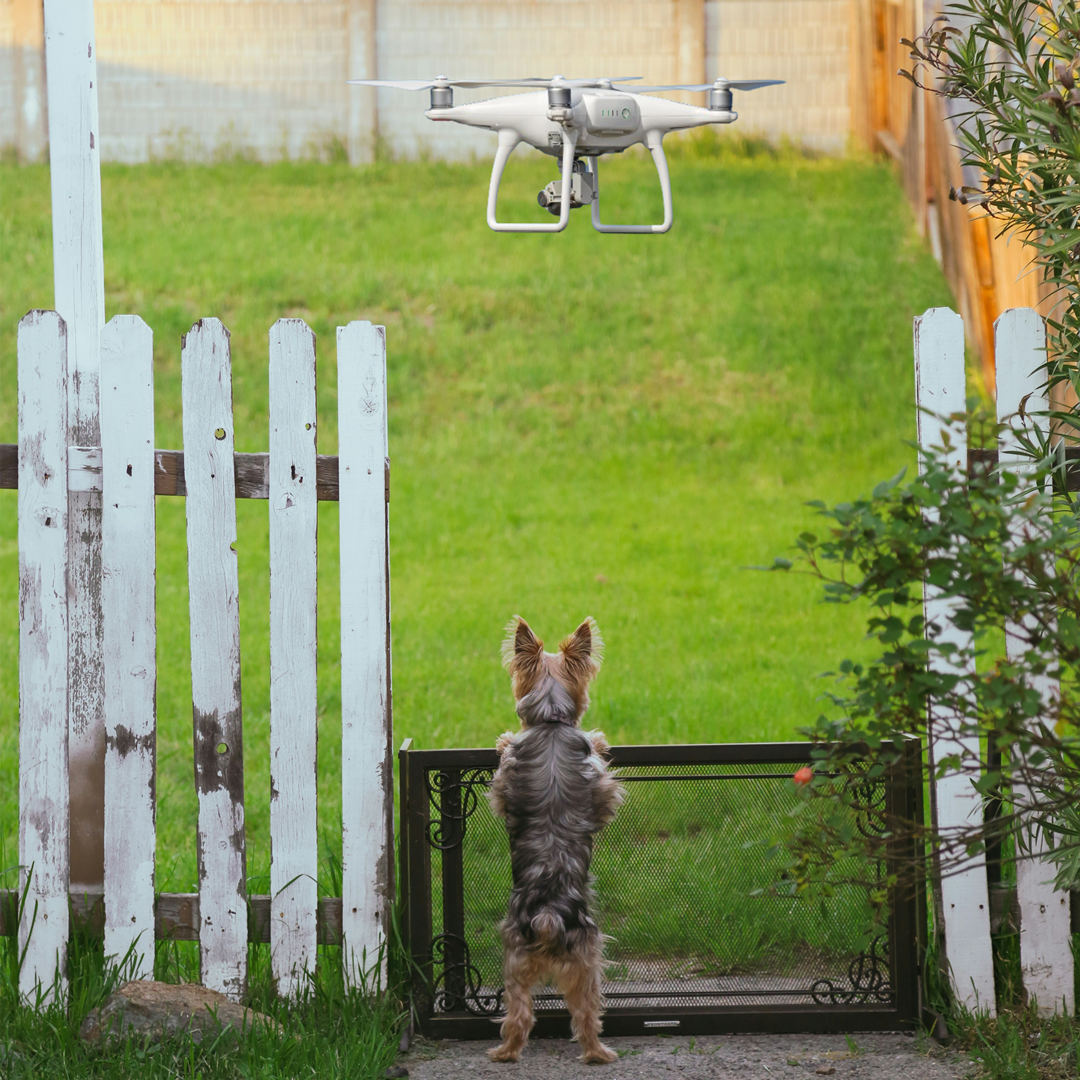
FAQ
Is It Legal to Fly a Drone Around My Neighborhood?
Yes, but with restrictions. Flying a drone around your neighborhood is generally legal in the U.S., as long as you follow Federal Aviation Administration (FAA) rules. The FAA classifies drones as aircraft, and all recreational and commercial drone pilots must adhere to specific guidelines, such as:
- Registering drones that weigh more than 0.55 pounds.
- Flying below 400 feet in uncontrolled (Class G) airspace.
- Keeping the drone within visual line of sight.
- Avoiding flights over people or moving vehicles unless you have proper certification.
- Not flying near airports or in restricted airspace without authorization.
- Respecting local privacy laws and avoiding surveillance-like behavior.
Homeowners may feel their privacy is invaded if a drone flies over their yard, but unless the drone is used to spy or harass, the flight itself may be legal. However, local or state laws could impose further restrictions related to nuisance, trespassing, or privacy.
Can I Detain Someone Who Shot My Drone?
No, not legally without consequences. While it's frustrating and potentially costly to have your drone shot down, taking the law into your own hands can lead to criminal or civil liability. Citizen’s arrest laws vary by state and typically only apply in cases where a felony has been committed in your presence.
Shooting down a drone is a federal offense under FAA regulations, but you cannot legally detain someone unless you’re a law enforcement officer. Instead, your best course of action is to:
- Document the incident with photos or video evidence.
- Contact local law enforcement immediately.
- File a report with the FAA and potentially the FBI if federal charges apply.
Attempting to detain someone can escalate the situation and may result in you being charged with false imprisonment, assault, or battery.
Will My Liability Insurance Cover Legal Fees?
It depends on your policy. If you have a drone liability insurance policy (separate from homeowner’s insurance), it may cover legal defense costs if you're sued or need to defend yourself against property damage or personal injury claims caused by your drone.
However, most standard homeowner’s or renter’s insurance policies do not cover drones, especially if the drone is used commercially or in violation of FAA regulations. Coverage is typically only extended if:
- The drone is used legally and non-commercially.
- The incident is accidental, not intentional.
- The policy includes personal liability protection for aircraft.
To ensure you're protected, it’s best to consult your insurer and specifically request drone-related coverage.
How Long Do FAA Reports Take?
It varies, but usually several weeks to months. Once you report a drone-related incident to the FAA—whether it's a crash, near-miss, or illegal shooting—the case undergoes a thorough investigation.
Can I Shoot a Drone Over Your Property?
Absolutely not. Shooting a drone is illegal under federal law, as drones are classified as aircraft. Doing so violates the Aircraft Sabotage Act (18 U.S. Code § 32), which can result in fines up to $100,000 and up to 20 years in prison.
Even if the drone is flying over your property, you do not have the legal right to destroy it. Property rights do not extend indefinitely into the airspace above your home—especially at altitudes where aircraft legally operate (above navigable airspace, typically starting around 200–400 feet AGL).
How Do I Stop Drones from Flying Over My House?
You cannot legally stop a drone with force, but there are legal and technical strategies to protect your airspace:
- Use drone detection systems: These can alert you to drone activity and help gather evidence.
- Install privacy barriers: Trees, screens, or roof structures can block drone cameras.
- Report suspicious drone activity: To the FAA, local law enforcement, or through the B4UFLY app.
- Post “No Drone Zone” signage: While not enforceable federally, it reinforces your privacy expectations and may deter recreational pilots.
- File a civil lawsuit: If a drone repeatedly invades your privacy, you may be able to sue for nuisance, trespass, or harassment under state law.
Note: Jamming or hacking drones is illegal under the FCC and FAA regulations.
Can a Laser Pointer Take Down a Drone?
Technically possible, but highly illegal. Pointing a laser at a drone can:
- Damage the drone’s camera or sensors
- Disorient the pilot if they’re flying via FPV
- Cause the drone to crash
However, this action is a federal offense and may also violate FAA and FCC regulations, especially if it results in destruction of property or injury.
Moreover, aiming a laser at any aircraft (including drones) can lead to charges under 18 U.S. Code § 39A, which addresses aiming laser pointers at aircraft—a serious offense that carries up to 5 years in prison.
Instead of using force, report the drone to the authorities and gather evidence. Let the FAA determine whether any violations occurred.



